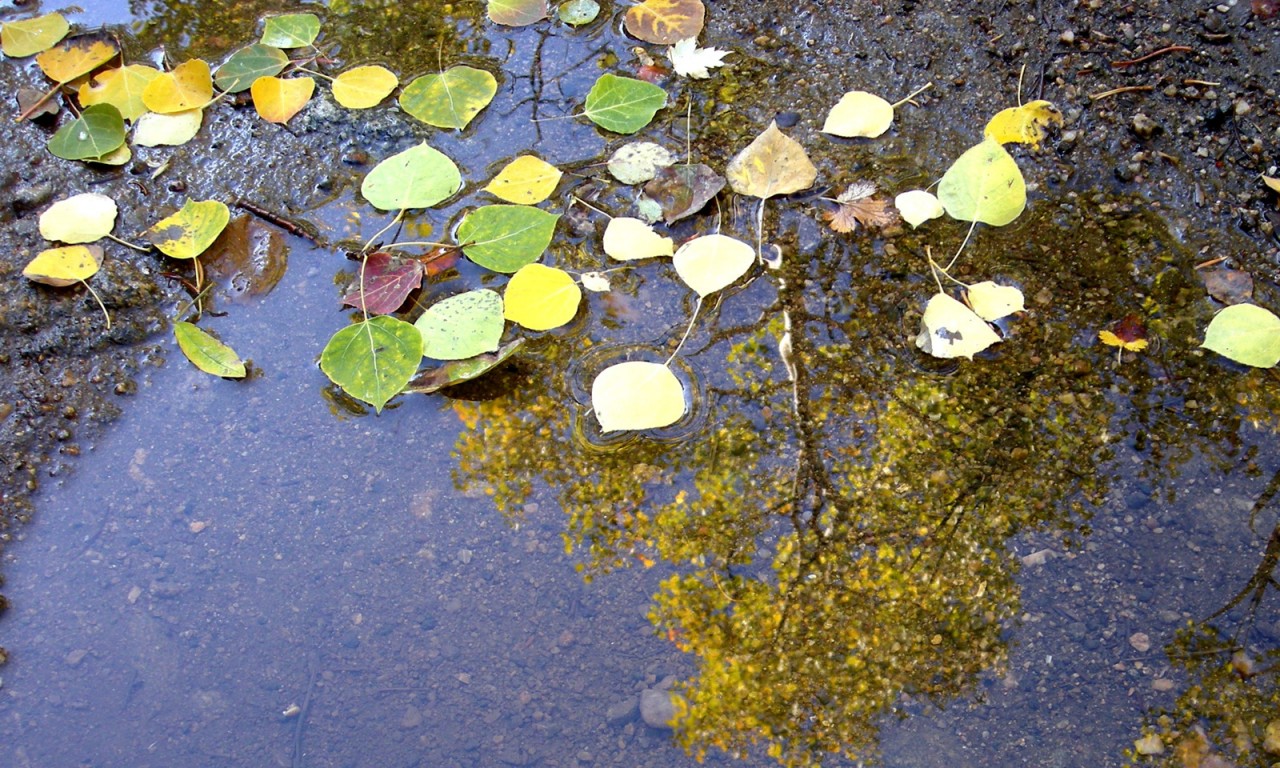The Boulder County Parks and Open Space Department accepts proposals for research on county open space lands each year. All proposals are reviewed by a team of resource specialists, and awarded research projects are monitored during their activities on open space. The following is a summary of a 2013 study conducted by Christopher R. Halcsik at Beloit College. His project investigated late Pleistocene and Anthropocene flood deposits along North Boulder and Caribou Creek, Colorado Front Range.
Abstract
The Lake Devlin flood occurred 14 ka following the Pinedale last glacial maximum after the moraine damming Lake Devlin failed. The flood eroded a channel through the moraine as deep as 35 m and as wide as 130 m and deposited the eroded materials near the confluence of North Boulder Creek and Caribou Creek. Another, smaller flood occurred at the same location as the Lake Devlin flood, following the failure of a man-made earthen dam in the early 20th century. This later flood is referred to as the Caribou Creek flood. These floods had long lasting, morphological impacts on the landscape of North Boulder Creek Valley, as evidenced by the vast flood deposits found near the confluence of Caribou Creek and North Boulder Creek.
The magnitude of the morphological impact brought about by each flood is inferred by mapping the extent of the flood deposits and estimating the peak discharge of each flood. Lake Devlin flood deposits are located in a fan-shaped deposit near the dam failure, and on North Boulder Creek and Caribou Creek flood plains and terraces, where they commonly are intermingled with Caribou Creek flood deposits. The Lake Devlin flood also eroded valley tills down North Boulder Creek from the fan-shaped deposit, further altering North Boulder Creek Valley. The Caribou Creek flood deposits are more contained than the Lake Devlin flood deposits, only appearing on flood plains and terraces slightly above current river stage along Caribou Creek and North Boulder Creek.
Two different methods were utilized to measure channel width for the Lake Devlin flood in order to estimate an upper and lower limit peak discharge. The resulting upper and lower limits for the Lake Devlin flood are 2900 m3/s and 1100 m3/s, respectively. Only one method for measuring width is necessary to estimate the Caribou Creek flood peak discharge. The peak discharge for the Caribou Creek flood is 180 m3/s.
Conclusions
This study has used relative dating methods, landforms, and grain size distributions to map the geologic deposits around the confluence of North Boulder Creek and Caribou Creek and has identified the Lake Devlin flood deposits, the Caribou Creek flood deposits, and other deposits that were affected by one or both of the floods. Additionally, this study has shown how the peak discharge of the Lake Devlin and Caribou Creek floods can be estimated using field measurements of particles transported during the flood and GIS analysis with high-resolution LIDAR digital elevation models.
Mapping of deposits further down North Boulder Creek is necessary before the true extent of the Lake Devlin and Caribou Creek flood deposits can be determined, but evidence from the Lawn Lake flood suggests that damming materials are likely located in close proximity to the fan. Following this logic, any Lake Devlin flood deposits found further downstream than the mapped area would have to be materials eroded from the valley till, and not from the failed moraine. However, considering the difference in peak discharges for the Lawn Lake and Lake Devlin floods, the Lawn Lake flood should not be used as an analog for Lake Devlin flood deposit extent. Investigating soil profiles developing in the till upstream from the Lake Devlin flood deposits could provide a description of a paleosol to look for in eroded till exposures. If such a paleosol does exist in the eroded till, the overlying soil profile could be used to better describe the eroded till deposits, their origin and how they compare with young soils developing on the Lake Devlin flood deposits. Additionally, these paleosols would provide a way to measure flood deposit depth at various locations.
Interpolating between recorded depths gives the mapped deposits a third dimension, from which the volume of the flood deposits can be calculated. Discharge estimates can be enhanced by better estimating width from field observations of high water marks or determining the channel bottom based on field evidence. First, investigating the failure channel in the field for evidence of a high water mark from which to measure channel width from would provide the ideal width to use when estimating peak discharge. The high water mark will more accurately represent the maximum possible width than the first method used to determine width. The second way the width estimate can be enhanced would be to account for incision by confirming cut terraces as channel bottoms or using an average incision rate for steep, alpine channels to estimate the channel bed at the time of the flood.
Read the full report or browse other research articles.


